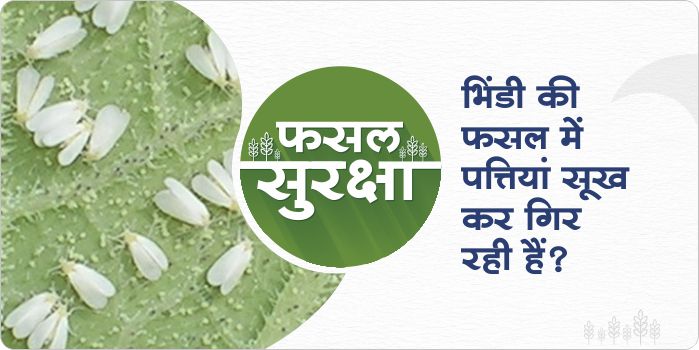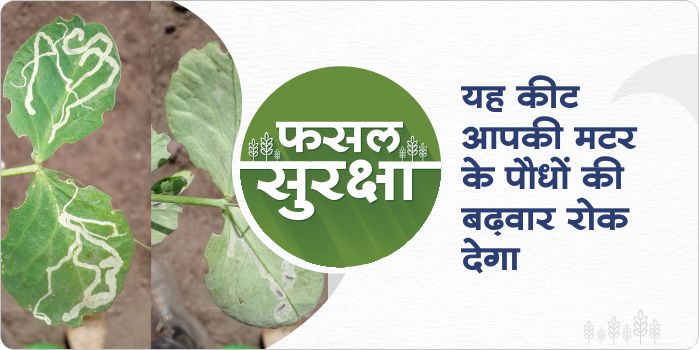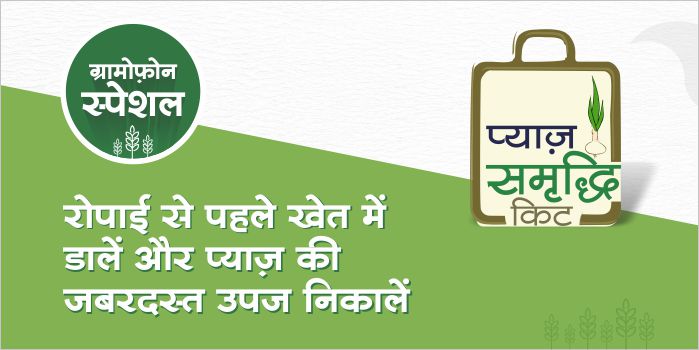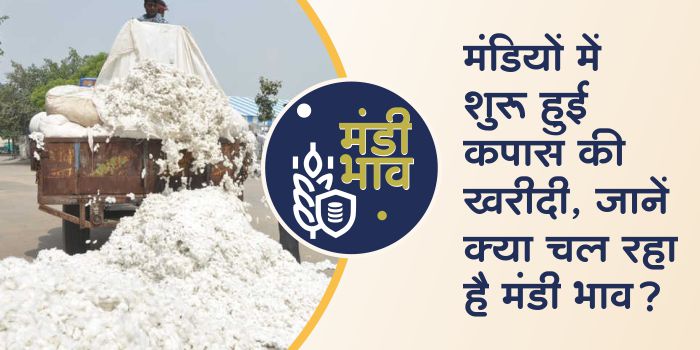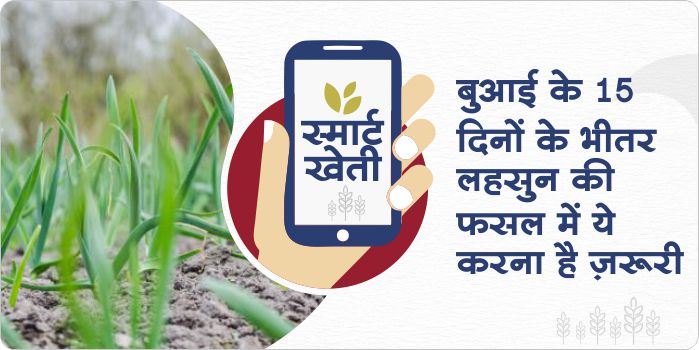The desire of every Indian farmer is to reduce the cost of cultivation and increase profits. But most of the farmers of our country still do traditional farming, due to which they have to satisfy themselves with low production and the agricultural cost also becomes very high. But in today’s modern era, farmers who use modern methods in farming are called smart farmers. Gramophone has also been engaged in the task of getting farmers cultivated smartly for the last 4 years.
Many farmers are doing smart farming by connecting with the Gramophone app. Hariom Vaskale, a 21-year-old young farmer from Barwani district, used Gramophone Krishi Mitra app to get 100 quintals of cotton yield in an 11-acre farm at a very low cost. Farmers who are cultivating cotton must know that cotton cultivation is very expensive and this year the cotton crop of many farmers was ruined due to weather conditions and pest/disease etc. At this time young Hariom sprayed less and economically than before on the advice of Gramophone. This led to a decrease in agricultural costs as well as an increase in yield.
Hariom Vaskale had linked his cotton crop to the Gramophone app at the time of sowing. By doing this, he got information related to disease and pest outbreaks from the agricultural experts beforehand, as well as the agricultural experts used to tell them the rescue measures in advance. In this way, Hariom protected his crop from diseases and pests during the entire crop cycle. Hariom got the result of this hard work after getting 100 quintals of tremendous yield.
If you also want to make a similar difference in your agriculture like Hariom and want to become a smart farmer, then you can also join Gramophone. To connect with Gramophone, you can either missed call on our toll-free number 18003157566 or login to the Gramophone Krishi Mitra app.
Share


